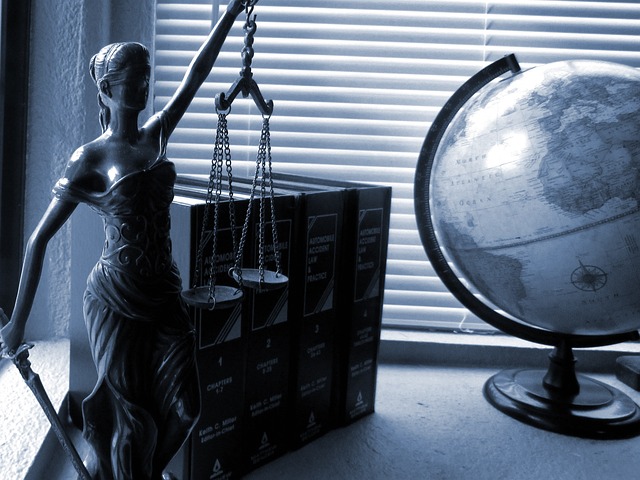Key Takeaways:
- Essential actions to be taken without delay after suspected poisonous encounters.
- A clear explanation of toxic torts and how to navigate these legal waters.
- The undeniable importance of detailed documentation in solidifying legal claims.
- How expert witnesses contribute substantial credibility to legal proceedings.
- Exploring available options to manage and recover from long-term health effects.
- The necessary steps toward environmental cleanup and future preventive measures.
Immediate Steps: Action Plan Post-Exposure
Taking necessary precautions right after exposure to a harmful substance can save lives. The protocol includes cessation of exposure, thorough decontamination, showering and removing any contaminated clothing, and seeking emergency medical attention. In some instances, particularly where large numbers might be affected, it’s also essential to contact local health departments or national hotlines that can provide instructions tailored to the specific toxin involved.
For those considering legal recourse, you can contact an Ocala toxic torts law firm; documentation from the outset is just as crucial in a legal context as it is for medical treatment. Remembering to record the event’s details and save any physical evidence can be pivotal when the time comes to demonstrate the exposure and its effects before a judge or jury.
Navigating Legal Challenges: Understanding Toxic Torts
The legal landscape for toxic tort cases is fraught with complexities. A toxic tort case often involves demonstrating that a particular substance caused the claimant’s injuries, requiring a detailed understanding of scientific and medical principles and legal expertise. Securing compensation from those responsible—manufacturers, employers, or landlords—necessitates a tenacious and informed legal approach.
Those grappling with toxic torts must know the statutes of limitations, varying state laws, and the scientific evidence needed to prove causation.
Documentation Is Key: Building Your Case
A successful toxic tort claim hinges on robust and credible documentation. This documentation could include time-stamped photos, medical reports, and records of any correspondence with companies or regulatory bodies. These artifacts serve as evidence, creating a narrative timeline that links the toxic exposure event to subsequent health issues.
Consistent, thorough medical examinations and tests resulting in an official medical diagnosis are also vital. Such records can help establish a causal relationship between the toxin and the claimant’s condition, a central challenge in toxic tort cases.
Expert Testimony: Leveraging Professional Insights
In toxic torts cases, the evidence alone might only suffice with the analysis and explanation provided by expert witnesses. These individuals—often esteemed toxicologists, industrial hygienists, or environmental scientists—deliver insights that link exposure to injury. Their specialized knowledge allows them to interpret complex data and convey the gravity of the exposure’s effects in a manner comprehendible to a lay audience.
The weight of their testimony can be substantial, often influencing the decisions of a judge or jury. Thus, their credibility and clarity in communicating complex information must be balanced.
Long-Term Care: Strategies for Recovery
For those who have been exposed to toxins, the process of recovery can be complex and lengthy. Identifying the suitable treatment options and securing appropriate care is essential. This may extend to physical therapies, mental health services, and consultation with specialists who understand the long-term effects of specific toxic substances.
Moreover, some individuals might require modifications to their living or working environments to accommodate long-term health issues. Discussing these necessities with healthcare providers and attorneys can ensure that ongoing care needs are recognized and addressed in any legal settlements or verdicts.
Environmental Remediation: Preventing Future Incidents
While legal recourse can provide some measure of justice and compensation to those affected, preventing future incidents is crucial. Practical environmental remediation efforts can avert additional exposure events, protecting communities and ecosystems. This involves not only the physical cleanup of hazardous materials but also monitoring and maintaining the health of these areas over time.
There is also a profound need for legislative advocacy to ensure companies adhere to strict protocols when handling toxic substances, safeguarding the public from preventable exposures. Engaging in activism and community education can be crucial in fostering a safer environment for all.



